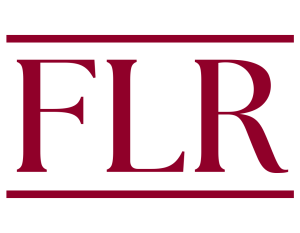In Thaler v. Vidal, the U.S. Court of Appeals for the Federal Circuit ruled that an artificial intelligence (AI) machine cannot be an inventor under patent law. This decision leaves open the question of whether a natural person can be the legal inventor of AI-generated inventions. This is a pressing question because it decides whether AI-generated inventions are patentable, as no patent rights can exist without an inventor.
Scholars have proposed two doctrines that might resolve this question: (1) the doctrine of simultaneous conception and reduction to practice and (2) the doctrine of first to recognize and appreciate. This Note analyzes the two doctrines and argues that neither doctrine readily applies to AI-generated inventions, thereby leaving an “inventorship gap.”
Because the current patent system is ill-equipped to deal with the inventorship of AI-generated inventions, Congress should adopt and repurpose copyright law’s work-for-hire doctrine and recognize the natural person using the invention-generating AI as the legal inventor of those inventions. Doing so bridges the inventorship gap, offers certainty as to the patentability of AI-generated inventions, and facilitates the goals of the patent system.

